The comment sat with me for days. Not because I agreed with it, but because it made me reflect deeply on something we don’t talk about enough: What exactly makes something art? And who gets to decide?
I’ve come to realize that for the person who made that comment, tracing might feel like cheating. And you know what? That’s valid—for her. If copying an outline doesn’t feel authentic to her creative process, then it makes sense that she wouldn’t see it as art in her own practice.
But here’s where I see it differently: for me, art isn’t defined by how something starts—it’s about what you bring to it. The creativity, the intention, the emotion. Whether I freehand draw or trace an outline, once I start felting, I’m pouring my heart, energy, and skills into it. And that, to me, is what turns a craft into art.
This idea comes up in other ways too. Some people think using a felting machine is “cheating,” or that using glass eyes instead of felting them by hand makes a piece less legitimate. But tools don’t make something more or less artistic—it’s how you use them that matters.
We hear all the time that “art is subjective,” and it’s true—but I’d add that art is also personal. It's about intention. It’s about expression. It’s about making something that connects with you, and maybe—just maybe—someone else too.
I think of the artists who create with chewing gum, or scrap metal, or sidewalk chalk. Their tools might not be traditional, but the creativity, thought, and heart behind the work? That’s art. Without question.
If you create something that feels meaningful to you, then that’s enough. Whether a thousand people walk by without a glance or one person stops and feels something—what matters is that you made it. With care. With love. With vision.
So if you’re a crafter wondering if your work counts as art, here’s my answer: If you feel it’s art, it is. If you’re creating with intention—if you’re expressing something that matters to you—then yes, you are an artist.
Even if you trace. 💛


